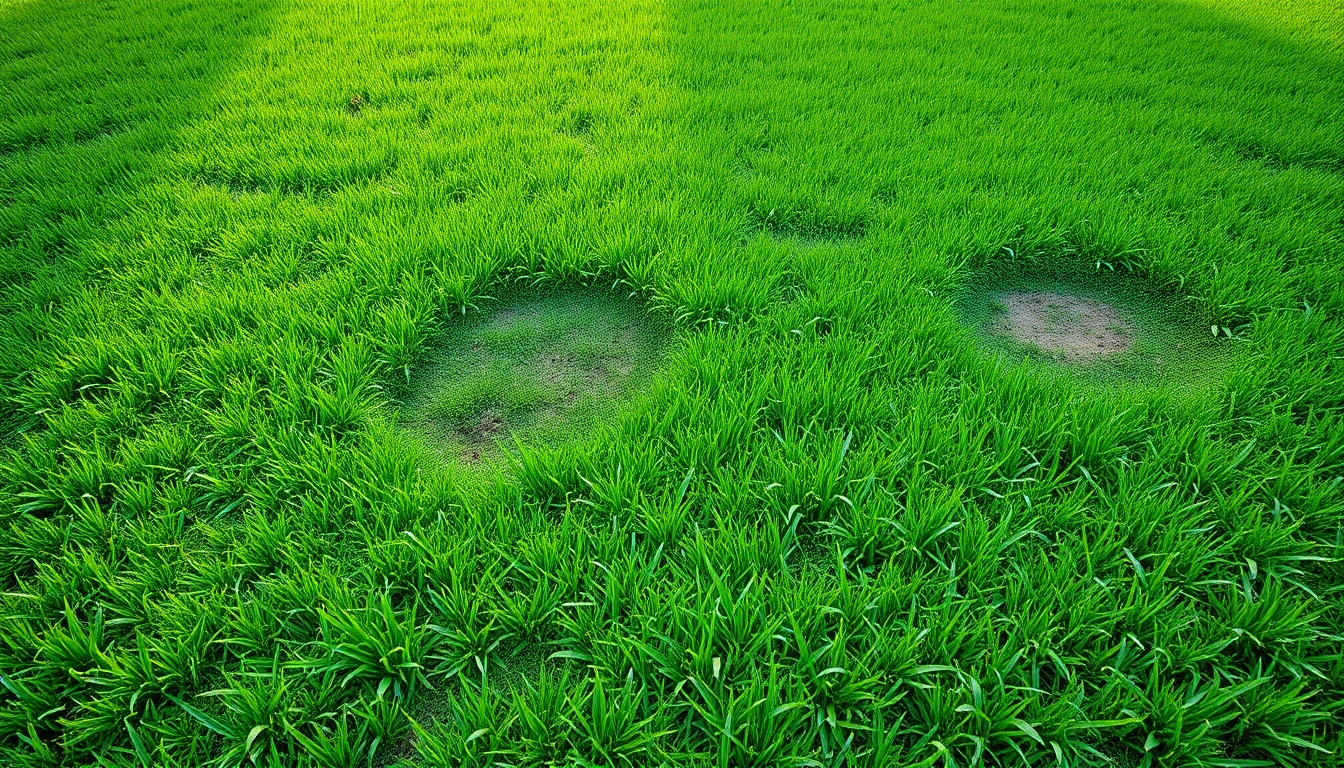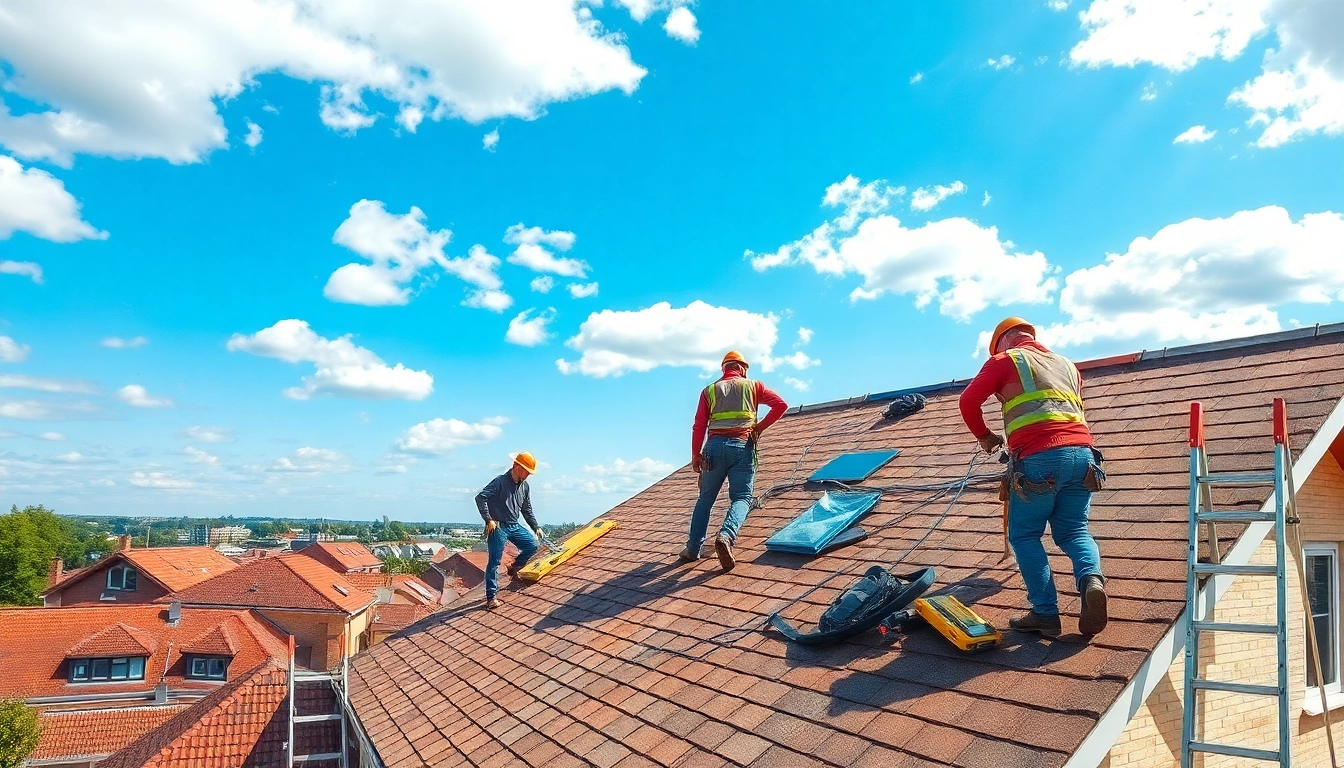Understanding Over Seeding
What is Over Seeding?
Over seeding, fundamentally, is the process of sowing new grass seed directly into existing grass without tearing up the existing turf or soil. This method allows homeowners to rejuvenate their lawns gradually, filling in bare spots and promoting thicker, healthier grass cover. It’s especially useful for addressing lawn issues such as thinning, weed invasion, and bare patches, all of which can detract from the overall beauty and health of a lawn.
Rather than starting from scratch, over seeding allows you to enhance your existing turf with minimal disruption. This technique is versatile enough to work with various grass types and lawn conditions, making it an accessible option for many homeowners looking to improve their outdoor spaces.
Benefits of Over Seeding Your Lawn
Over seeding offers numerous benefits that can significantly improve the condition and appearance of your lawn. Here are some of the key advantages:
- Thicker Grass: One of the most immediate benefits is the development of a denser grass cover. This thick turf helps to prevent weeds from establishing and thriving.
- Improved Color: By introducing new, healthier grass seeds, your lawn can achieve a more vibrant and lush appearance, enhancing curb appeal.
- Increased Resilience: New varieties of grass can be introduced, which may better withstand local pests, diseases, and environmental stresses such as drought.
- Soil Aeration: The process of bypassing existing turf can help improve soil health by allowing better air, water, and nutrient penetration.
- Cost-Effectiveness: Over seeding is generally more economical than complete lawn replacement, saving you on both time and labor costs.
Common Misconceptions about Over Seeding
Despite its benefits, over seeding often comes with a few misconceptions that can prevent homeowners from utilizing this effective lawn care technique. Here are some common myths:
- It’s Only for Bad Lawns: While over seeding can certainly benefit unhealthy lawns, it can also improve already healthy ones. Even well-maintained lawns can benefit from an extra boost and improved diversity.
- You Can Just Throw Seed Anywhere: Randomly spreading seed without preparation significantly decreases success rates. Proper soil preparation and seed techniques are crucial for effective over seeding.
- It’s a Quick Fix: Many people believe that they can achieve instant results. In reality, while benefits are noticeable over time, patience is required for seeds to germinate and establish properly.
When to Overseed Your Lawn
Ideal Seasons for Over Seeding
The timing of your over seeding efforts is critical to the success of the process. The best times to overseed are:
- Late Summer to Early Fall: This is the ideal period for over seeding in many regions due to favorable weather conditions. Soil temperatures remain warm, which is conducive to seed germination, while cooler air temperatures help inhibit weed growth.
- Spring: Early spring can also be a suitable time for over seeding, particularly in areas with cold winters. Ensure your lawn is not too wet from spring rains, which can lead to fungal diseases.
Signs Your Lawn Needs Over Seeding
Observing the condition of your lawn can provide important indicators that it may benefit from over seeding. Watch for:
- Thin or Bare Patches: These areas can lead to weed growth and poor lawn uniformity.
- Weed Invasions: If weeds are taking over, they may be outcompeting your grass for nutrients and sunlight.
- Uneven Growth: If some sections of your lawn are much thicker or healthier than others, it may be time to even things out with over seeding.
Temperature and Soil Conditions
For successful over seeding, temperature and soil conditions play a crucial role. It is important to consider:
- Soil Temperature: Ideal soil temperatures for seed germination typically range from 50°F to 65°F. You can check this with a soil thermometer, particularly in the early morning hours.
- Moisture Levels: The soil should be moist but not overly saturated, as damp conditions favor seed germination while excessive moisture can lead to rot.
- Weather Forecast: Be mindful of upcoming weather patterns, particularly rainfall, as this can affect how effectively seeds germinate and establish.
Preparing for Over Seeding
Soil Preparation Techniques
Preparing the lawn and soil before over seeding is essential to ensure your new seeds have the best chance of success. Here are some key preparation techniques:
- Mow Your Lawn: Start by mowing your existing grass to a height of about 1 to 2 inches. This exposes the soil and allows for better seed-soil contact.
- Rake the Soil: After mowing, rake the lawn to remove any debris, thatch, and clippings. This helps create a clean seedbed for your new grass seeds.
- Aerate the Soil: If the soil is compacted, aeration can improve airflow, water retention, and root growth. You can use a core aerator for the best results.
Choosing the Right Grass Seed
Selecting the right grass seed is critical for the success of your over seeding efforts. Consider the following factors:
- Grass Type: Choose grass varieties that are well-suited for your climate zone (cool season vs. warm season grasses). For example, Kentucky bluegrass thrives in northern areas, while Bermuda grass is favorable in the southern U.S.
- Seed Mixes: Many homeowners opt for seed mixes tailored to specific lawn conditions, such as sun or shade mixes, which provide a more balanced lawn presence.
- Quality of Seed: High-quality seeds may come at a premium but often yield better results. Look for seeds with a high germination rate and fewer weeds included in the mix.
Equipment Needed for Successful Over Seeding
Having the right tools at hand can make your over seeding process smoother and more efficient. Essential equipment might include:
- Broadcast Spreader: This tool facilitates even seed distribution across your lawn, which is essential for achieving uniformity.
- Seed Roller: This massive roller helps press seeds into the soil after seeding, enhancing seed-soil contact.
- Lawn Aerator: A core lawn aerator allows access to compacted soil and is essential, especially for heavily trafficked or clay-heavy lawns.
Steps to Successfully Overseed
How to Properly Execute Over Seeding
Performing the actual over seeding requires careful execution. Here’s a step-by-step guide:
- Prepare your lawn using the techniques discussed above.
- Select and gather your grass seed based on your lawn’s needs.
- Set your broadcast spreader to the manufacturer’s recommended setting to achieve appropriate seed distribution.
- Spread seeds evenly across your lawn, paying attention to high-traffic areas and bare spots.
- Using a roller, lightly press the seeds into the soil to enhance contact.
Best Practices for Watering After Over Seeding
Proper watering is crucial immediately following your over seeding efforts. Here are best practices:
- Frequent Light Watering: Water lightly at least once or twice a day in the first couple of weeks to keep the soil consistently moist without saturating it.
- Reduce Frequency Over Time: As the seeds germinate and establish, gradually reduce your watering frequency but increase depth to promote deeper root growth.
Fertilization Tips After Over Seeding
Fertilization is also an important aspect of supporting new grass growth:
- Starter Fertilizer: Apply a starter fertilizer within a week of overseeding. This will provide essential nutrients needed for seedling establishment.
- Avoid Heavy Fertilization Immediately: While fertilization is beneficial, avoid over-fertilizing. Follow the instructions on the product chosen to prevent burning the new seedlings.
Maintaining Your Lawn Post Over Seeding
Monitoring Growth and Health of New Grass
After overseeding, closely monitor the health of your new grass. Look for:
- Germination Rates: Check for uniform germination across the lawn. If you spot patches with no growth, consider reseeding those areas.
- Color and Thickness: Healthy grass should display a lush color and a steadily increasing thickness as it establishes.
- Pest and Disease Signs: Regularly inspect for any signs of insect damage or fungal diseases in the new grass, acting quickly to treat issues as they arise.
Common Challenges After Over Seeding
As with any lawn care process, challenges may arise. Be prepared to counteract:
- Weed Competition: Be vigilant about weeds. If they begin to dominate, consider spot treating with a selective herbicide or overseeding in those areas.
- Watering Issues: Too much or too little water can negatively impact your new grass. Adjust your watering schedule based on weather conditions.
- Growth Variation: Inconsistent growth can occur due to varying soil types and moisture levels. Hand-water or reseed thinner patches to equalize growth.
Adjusting Your Care Routine for Best Results
Iconic lawn care requires adaptability. Post-over seeding, ensure you are:
- Adjusting Mowing Heights: Wait until your new grass reaches at least three inches before mowing for the first time to avoid damaging young grass.
- Continuing Fertilization: Follow up with additional fertilizer approximately six weeks post-seeding to support continued growth.
- Monitoring Environmental Changes: Keep an eye on weather patterns and adjust care techniques based on seasonal changes, especially as temperatures fluctuate.



